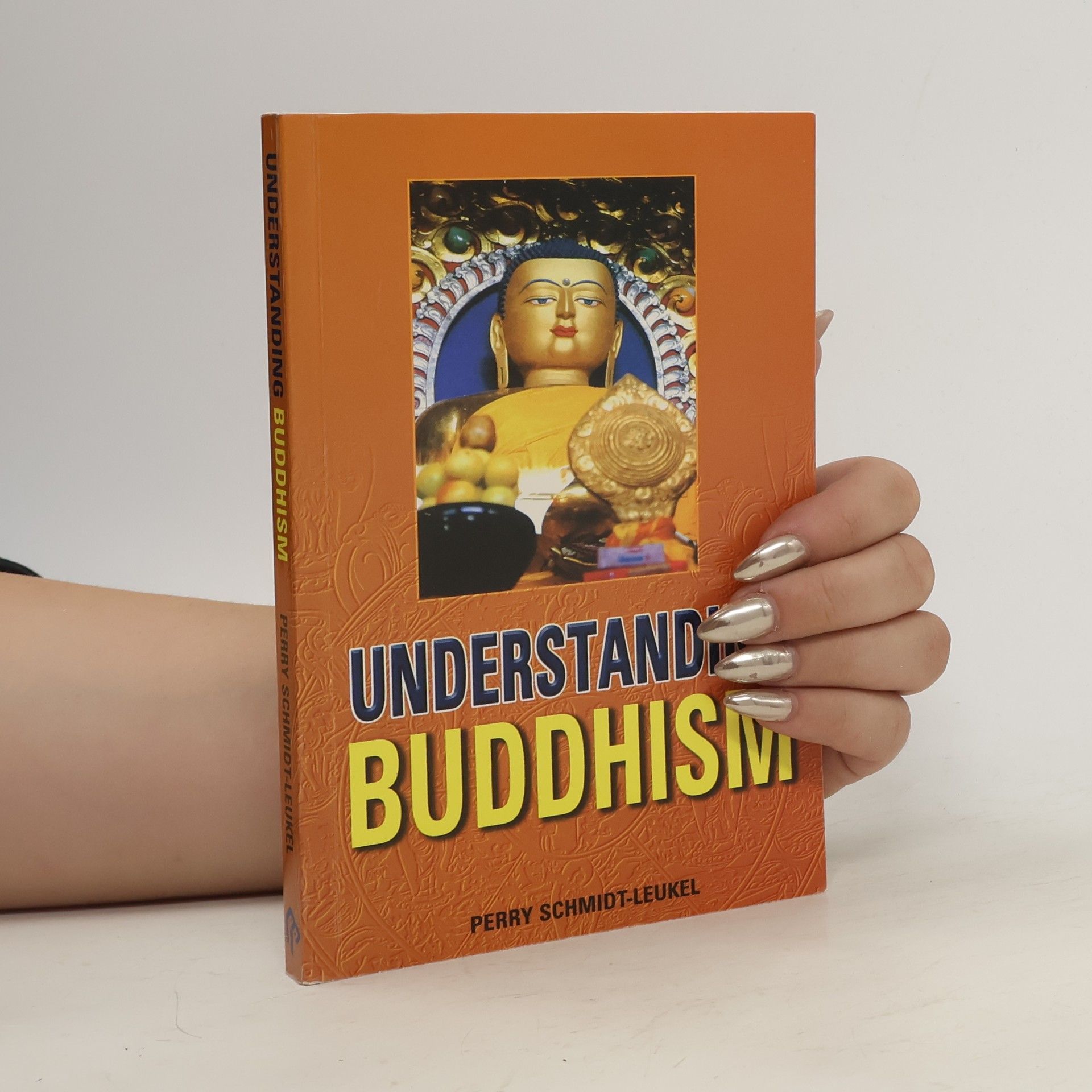Perry Schmidt-Leukel Books


Das himmlische Geflecht
Buddhismus und Christentum – ein anderer Vergleich
Ein aufregender Religionsvergleich - neuartig, spannend und erhellend Der Buddhist meidet die Welt, der Christ wendet sich ihr zu. Christen glauben an einen Gott, Buddhisten kennen nur ein unpersönliches Absolutum. Der Buddhismus ist eine Lehre zur Selbsterlösung, das Christentum dagegen weiß um die Notwendigkeit der göttlichen Gnade. - Perry Schmidt-Leukel wendet sich gegen solche Klischees. In seinem Vergleich behandelt er beide Religionen nicht so, als seien sie homogene Einheiten. Mit seinem neuartigen Ansatz zeigt er vielmehr, dass jede der beiden Religionen das, was sie an der anderen ablehnt, auch in sich selbst trägt. Buddhismus und Christentum unterscheiden sich, doch zugleich ähneln sie einander gerade in ihrer internen Vielfalt. Das aber heißt: In der anderen Religion begegnet mir immer auch das Andere der eigenen Religion. Die Unterschiede fordern heraus und können sich doch sinnvoll ergänzen. Christentum und Buddhismus - eine konstruktive Herausforderung Warum die beiden Weltreligionen stärker miteinander verflochten sind als gedacht Ein aufregender Religionsvergleich - neuartig, spannend, erhellend Ausstattung: mit 4-seitigem Farbbildteil